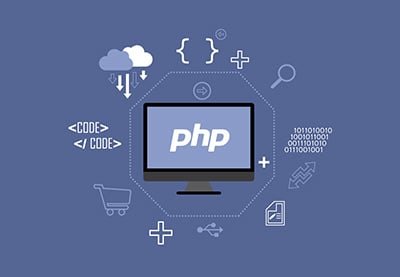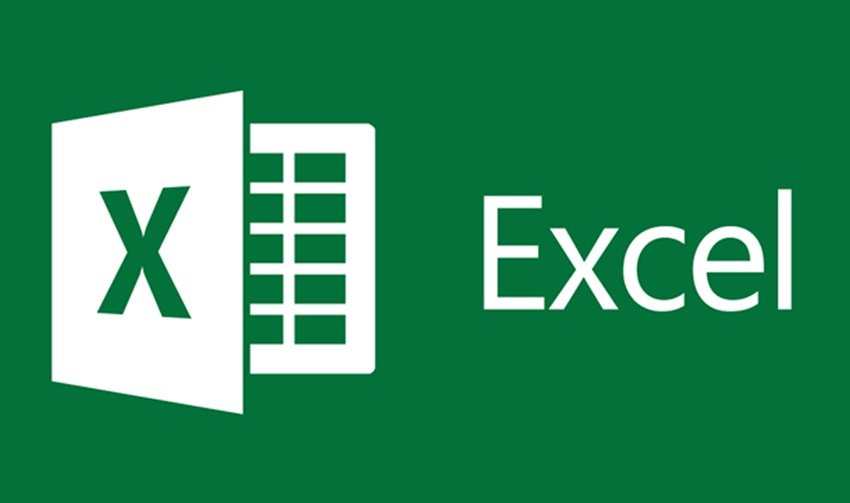Introduction to Backend Development

Backend development refers to the part of web development that focuses on the server-side logic, databases, and application interactions that power the front-end or client-facing part of a web application. In simpler terms, while front-end development deals with what users see and interact with, backend development is responsible for everything that happens "behind the scenes."
Key Concepts in Backend Development:
-
Server: The server is a machine or software that responds to client requests, processes those requests, and returns data. When you visit a website, your browser sends requests to the server, and the server processes those requests to send back the appropriate information.
-
Databases: A database stores the data that is used by the web application, such as user information, products, transactions, etc. Common types of databases include relational databases (like MySQL, PostgreSQL) and NoSQL databases (like MongoDB).
-
APIs (Application Programming Interfaces): APIs allow different software applications to communicate with each other. For example, a backend can expose an API that the front-end uses to retrieve data. RESTful APIs and GraphQL are two common approaches to building APIs in backend development.
-
Server-Side Languages: Backend developers use various programming languages to build the server-side of an application. Common languages include:
- JavaScript (Node.js)
- Python (Django, Flask)
- Ruby (Ruby on Rails)
- PHP
- Java (Spring)
- Go
- C# (ASP.NET)
-
Frameworks: Frameworks are pre-built collections of tools and libraries that simplify the development process. They help with routing, handling requests, interacting with databases, and many other tasks. Examples include:
- Express (Node.js)
- Django (Python)
- Ruby on Rails (Ruby)
- Spring (Java)
-
Authentication and Authorization: Backend developers often implement user authentication (verifying who a user is) and authorization (determining what a user is allowed to do). This is typically done through systems like JWT (JSON Web Tokens), OAuth, or session-based authentication.
-
CRUD Operations: CRUD stands for Create, Read, Update, and Delete, and it refers to the four basic operations used when interacting with databases. These operations allow the application to manage and manipulate the data stored in the database.
-
Web Servers: A web server, such as Apache or Nginx, listens for incoming HTTP requests and forwards them to the appropriate application logic for processing. The server then sends a response back to the client.
Common Backend Development Tasks:
- Setting up a server and database.
- Building RESTful or GraphQL APIs to serve data to the frontend.
- Integrating third-party services (such as payment gateways, authentication systems, etc.).
- Handling business logic (e.g., processing payments, sending emails).
- Ensuring security (e.g., hashing passwords, validating user input).
- Optimizing performance (e.g., caching frequently accessed data).
Backend development is essential for creating dynamic, data-driven web applications. It involves using various programming languages, frameworks, and tools to manage the server, databases, and APIs that allow a frontend to interact with data and services. By understanding backend development, developers can create robust and scalable applications that deliver the necessary functionality for users while maintaining performance and security.






